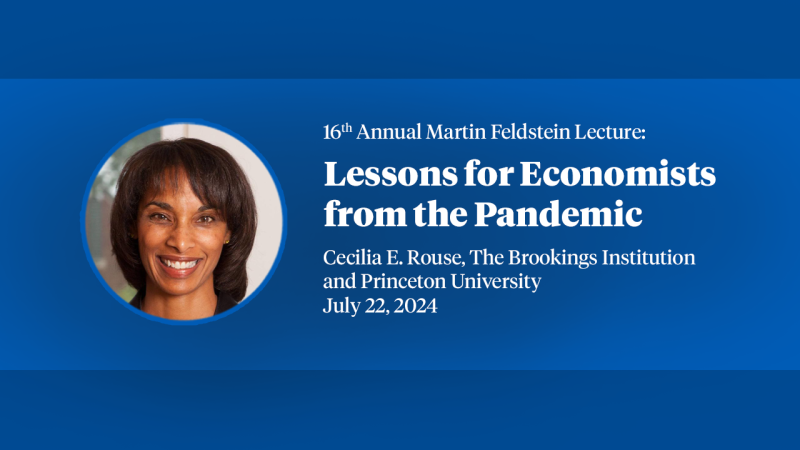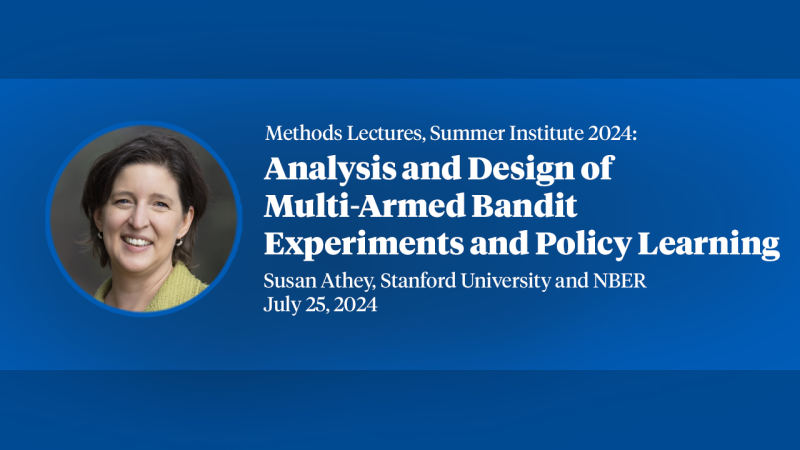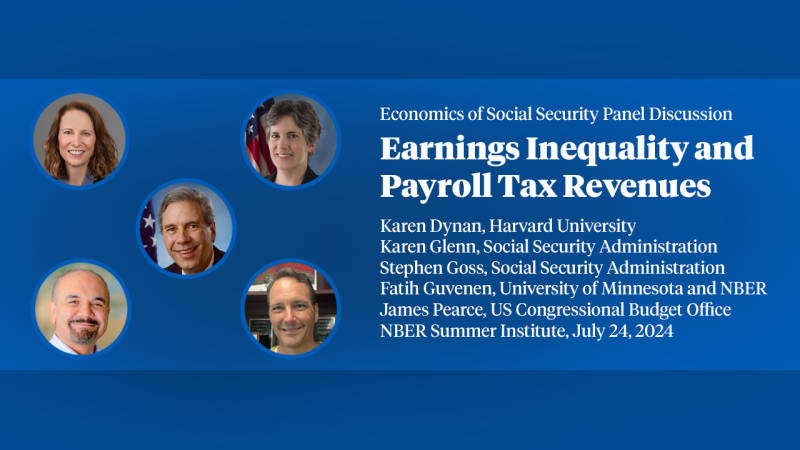Remote Work and City Structure
Working Paper 31494
DOI 10.3386/w31494
Issue Date
Revision Date
Relative to remote work, working downtown facilitates valuable interactions with other in-office workers, but entails commuting costs. The resulting coordination mechanism can lead to multiple stationary equilibria with different levels of remote work. Temporary reductions in commuter shares, such as the COVID-19 pandemic, can then lead to persistently large fractions of remote workers. Consistently, using cell-phone-based mobility data for the U.S., we document that trips in the largest cities have stabilized at levels that are only about 60% of pre-pandemic levels, while smaller cities have returned to pre-pandemic levels. U.S. cities that exhibit multiplicity experience average welfare losses of 2.3%.


